The world of product packaging is vast and is a crucial aspect of the modern consumer economy. It is made of various packaging materials and is the primary means of protecting and preserving products during transportation, storage, and handling.
Packaging, which plays a critical role in marketing and branding, comes in a variety of forms and helps to communicate the value and identity of a product to consumers.
With so many different packaging types available, it is challenging to differentiate between primary, secondary, and tertiary packaging and choose the appropriate one for a given product or application.
In this blog, we will know about some of the most common packaging types available so you can form a suitable packaging line for your business inventory.
Type of packaging
Packaging can be broadly categorized into three types based on their function:
1. Primary Packaging:
Primary packaging materials refer to the immediate layer of packaging that comes in direct contact with the product. Its primary function is to protect the product from contamination, damage, and external factors such as light, moisture, and air.
Some of the primary packaging examples are:
-
Bottles and Jars:
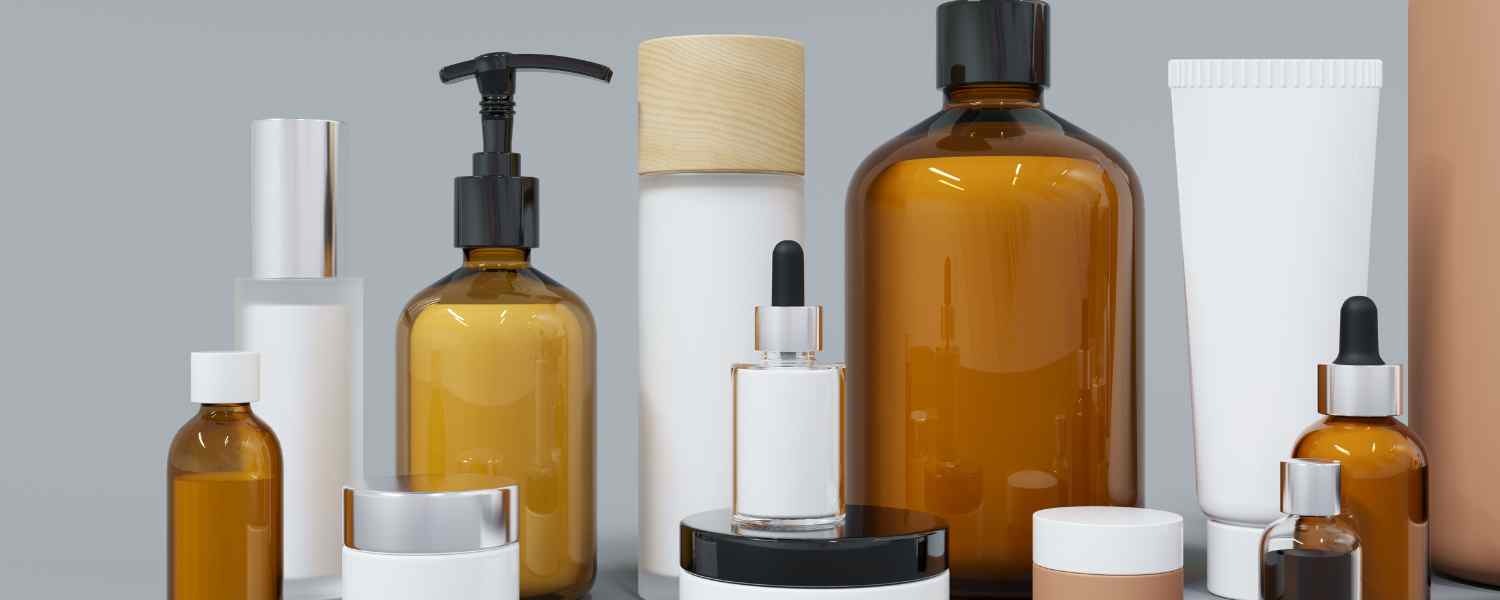
Bottles and jars are commonly used packaging materials for liquids, powders, and other products. They are available in various sizes and shapes and can be made from different materials, including plastic, glass, and metal.
-
Tubes:
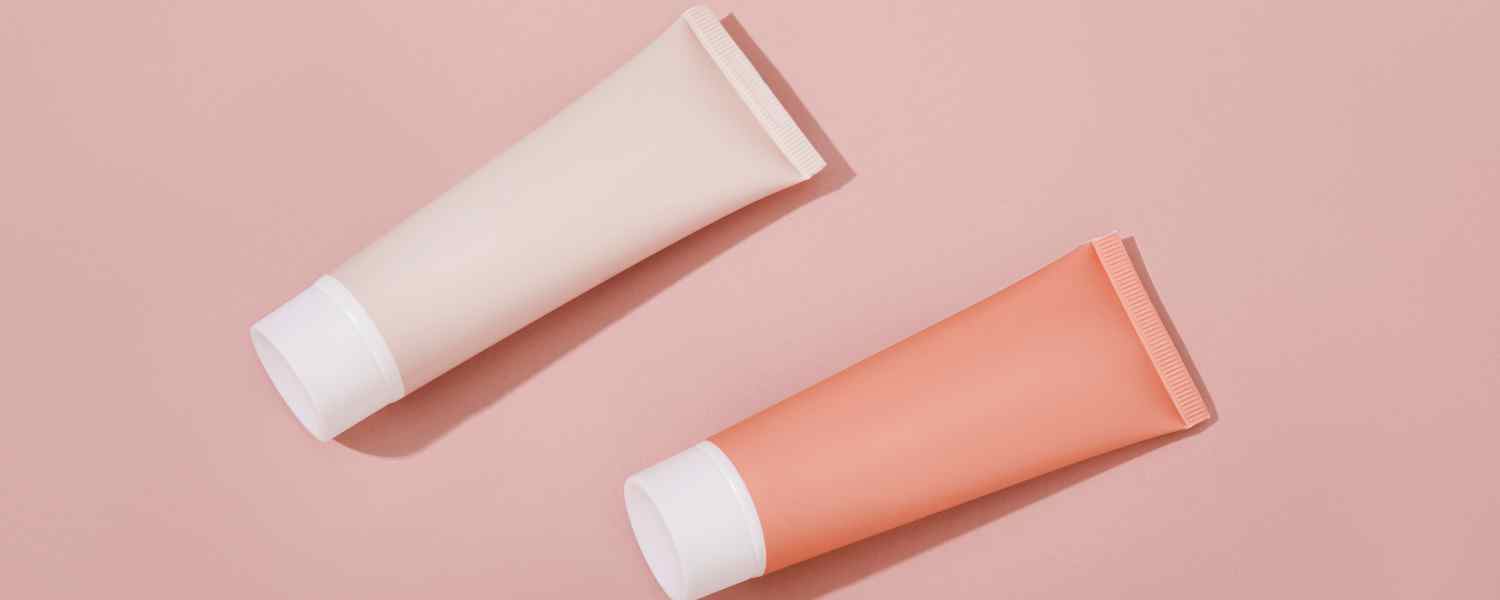
Tubes are the primary packaging material commonly used for toothpaste, lotions, and creams. They are typically made of plastic or metal and are often equipped with a screw-on or flip-top cap for easy dispensing.
-
Pouches:

Pouches are a flexible packaging option becoming increasingly popular for snacks, pet food, and beverages.
-
Cans:
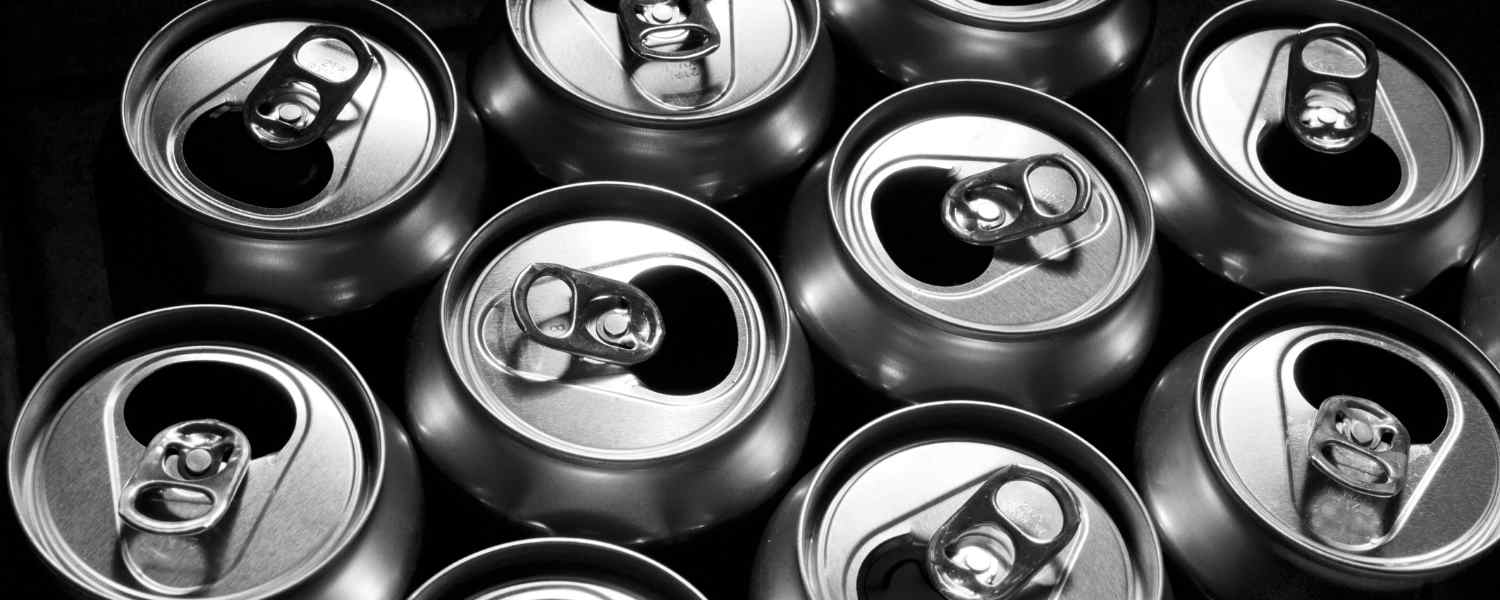
Cans are commonly used package material for food and beverage products such as soda, soup, and vegetables. They are typically made of metal and designed to be easily opened and resealed conveniently.
2. Secondary Packaging:
Secondary packaging is the outer layer that groups and protects the primary packages during storage, transportation, and distribution. It is often used for branding and promotional purposes and can be customized to enhance the product’s appearance and appeal.
There are several secondary packaging types, including:
-
Corrugated Boxes:

Corrugated Boxes are the best packaging materials for shipping and transporting products. They are durable and can be customized to fit the size and shape of the product.
-
Shrink Wrap:
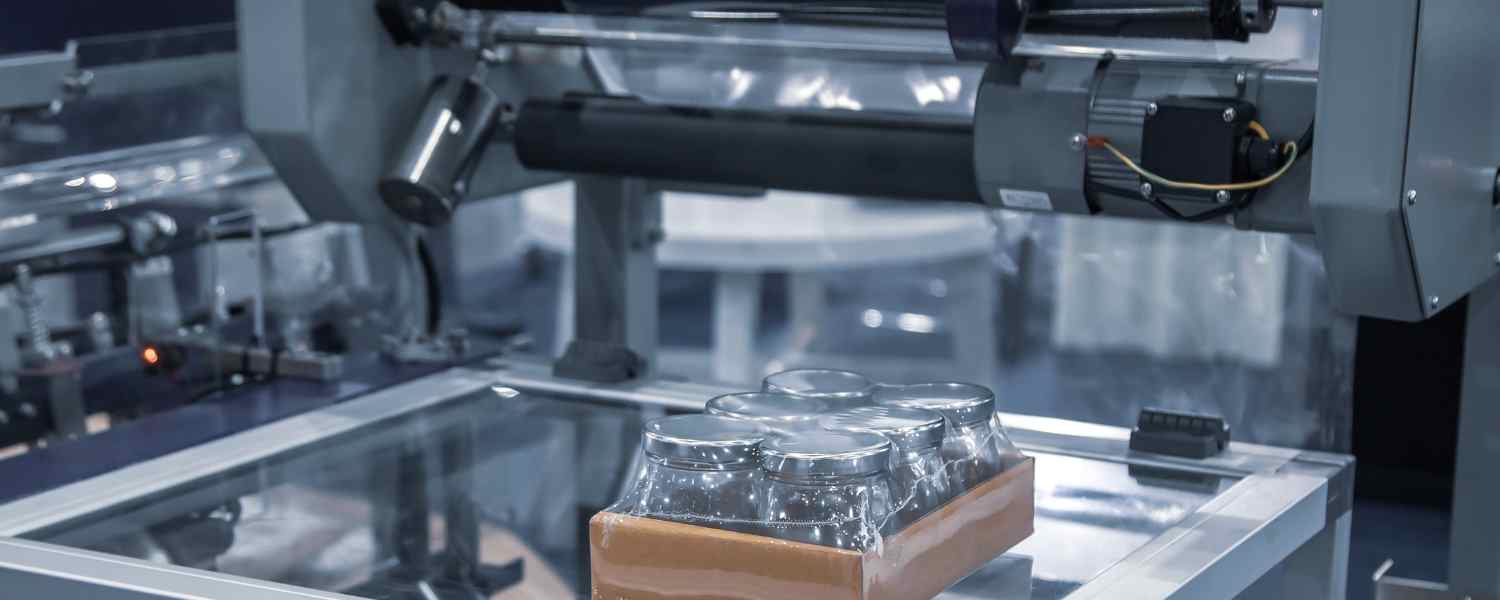
This packaging option is wrapped around the product and then heated to shrink and conform to the product’s shape. It provides a tight, protective layer around the primary packaging.
-
Poly Bags:
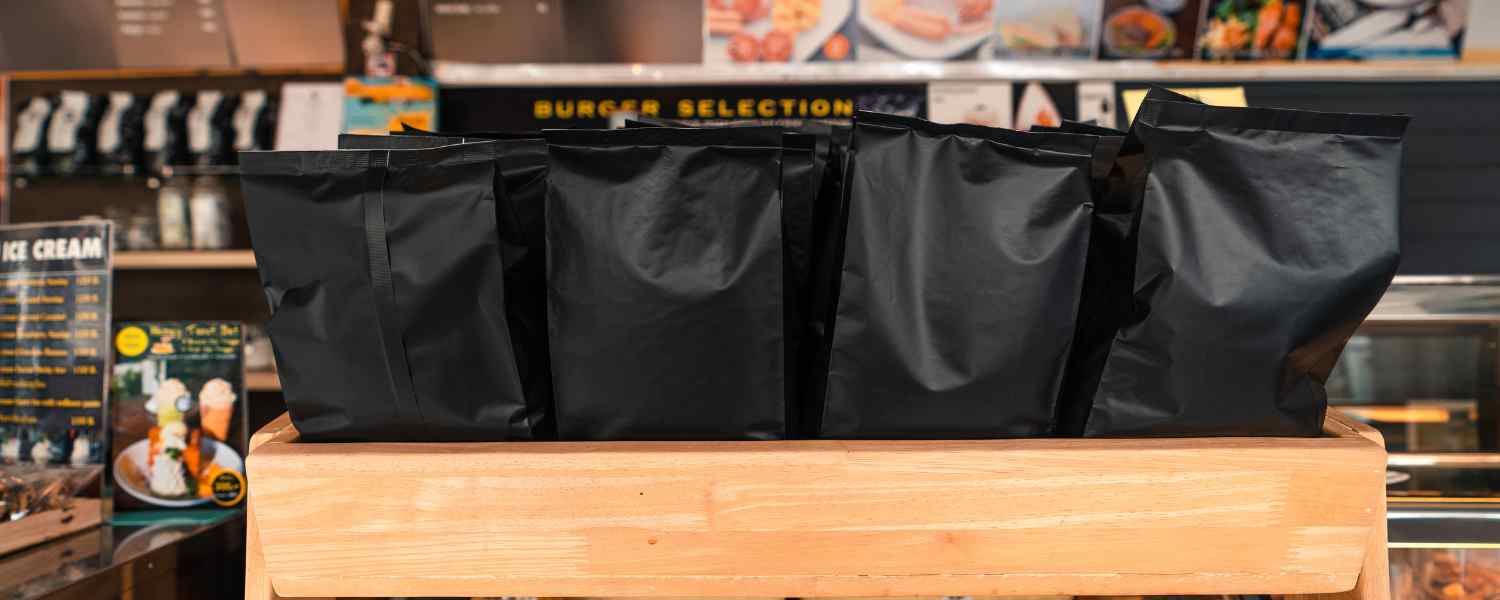
These are clear or opaque plastic bags that protect and organize products during shipping and handling.
-
Tape and Strapping:
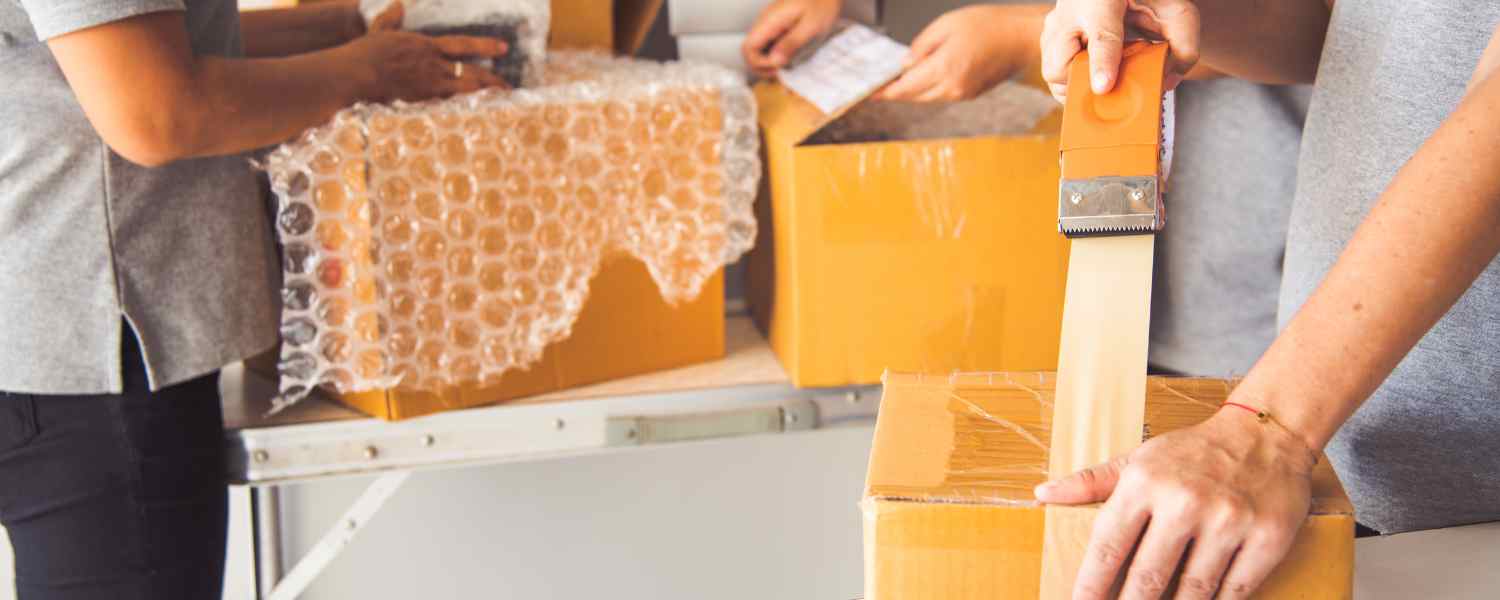
These materials are used to secure and seal boxes and other types of secondary packaging.
3. Tertiary Packaging:
Tertiary packaging refers to the larger shipping containers transporting multiple secondary or primary packaging units. Its primary function is to protect the products during transportation and distribution and reduce the risk of damage or loss.
Some examples of tertiary packaging types include:
-
Pallets:
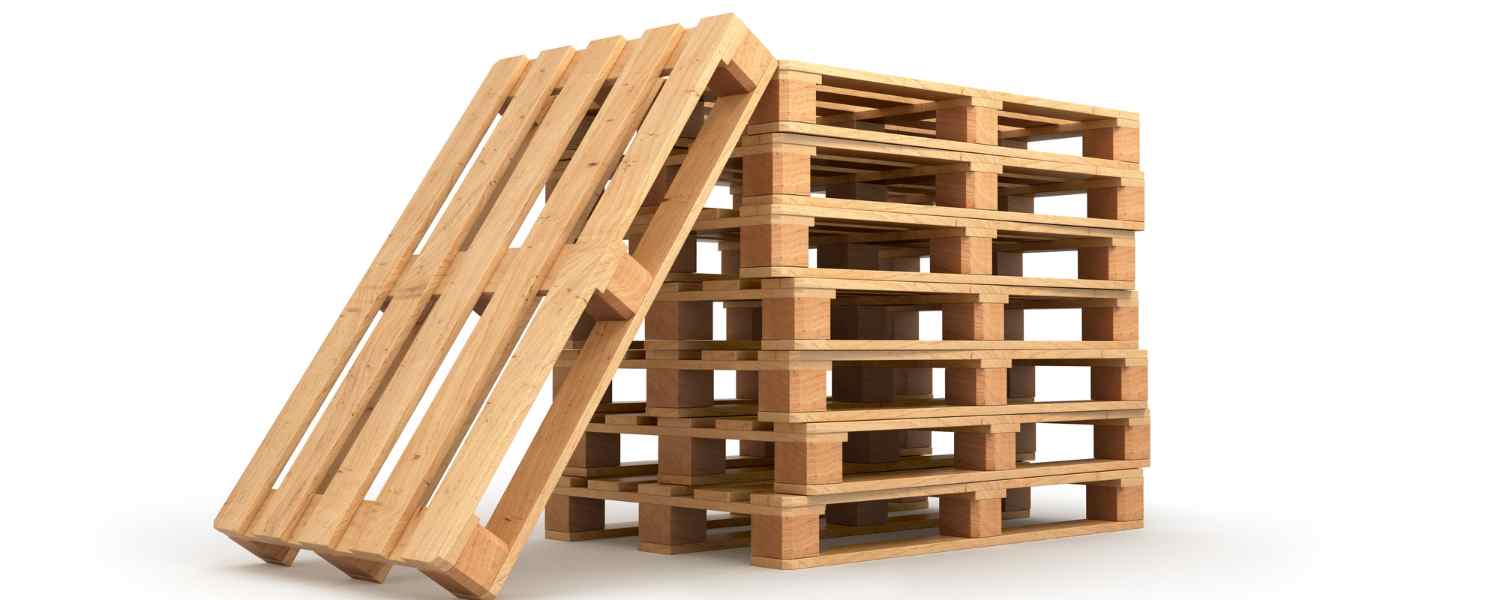
Pallets are the most common and affordable packaging. They are flat structures made of wood, plastic, or metal and are used to support and transport stacks of secondary packaging.
-
Stretch Wrap:
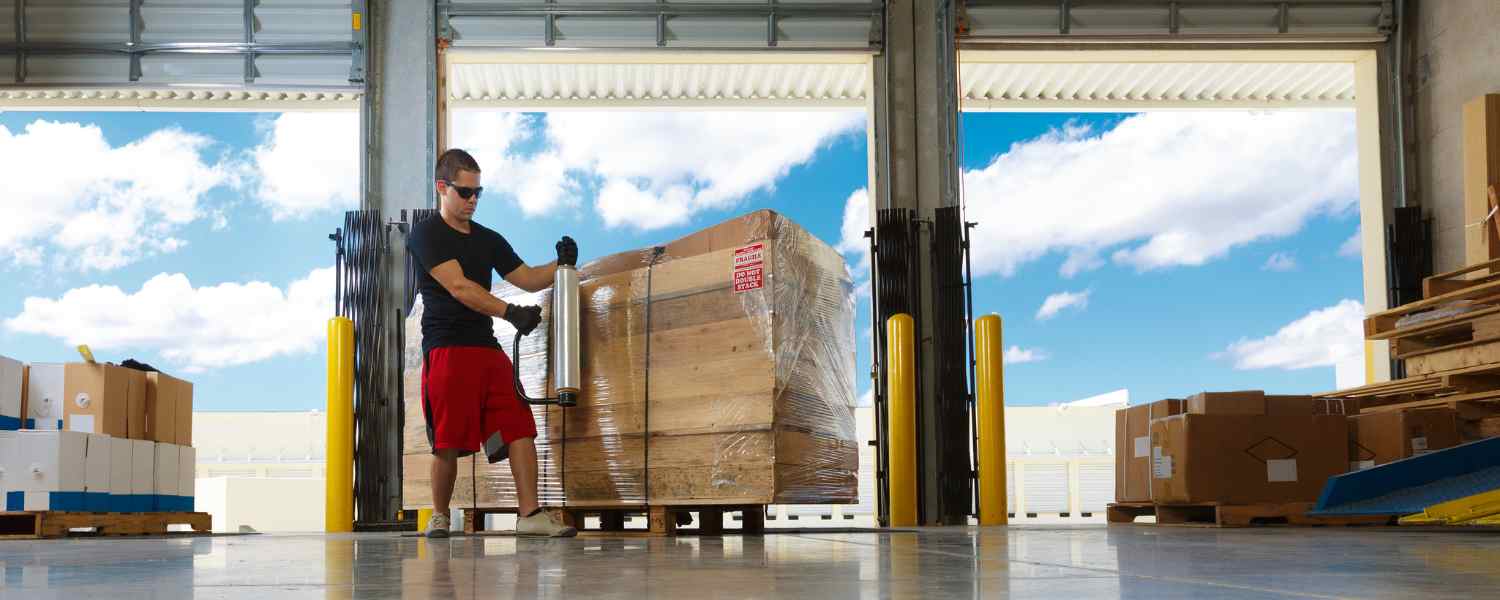
This thin plastic film is wrapped around pallets to hold them together and secure the secondary packaging. It protects against dust, moisture, and tampering.
-
Collapsible Crates:
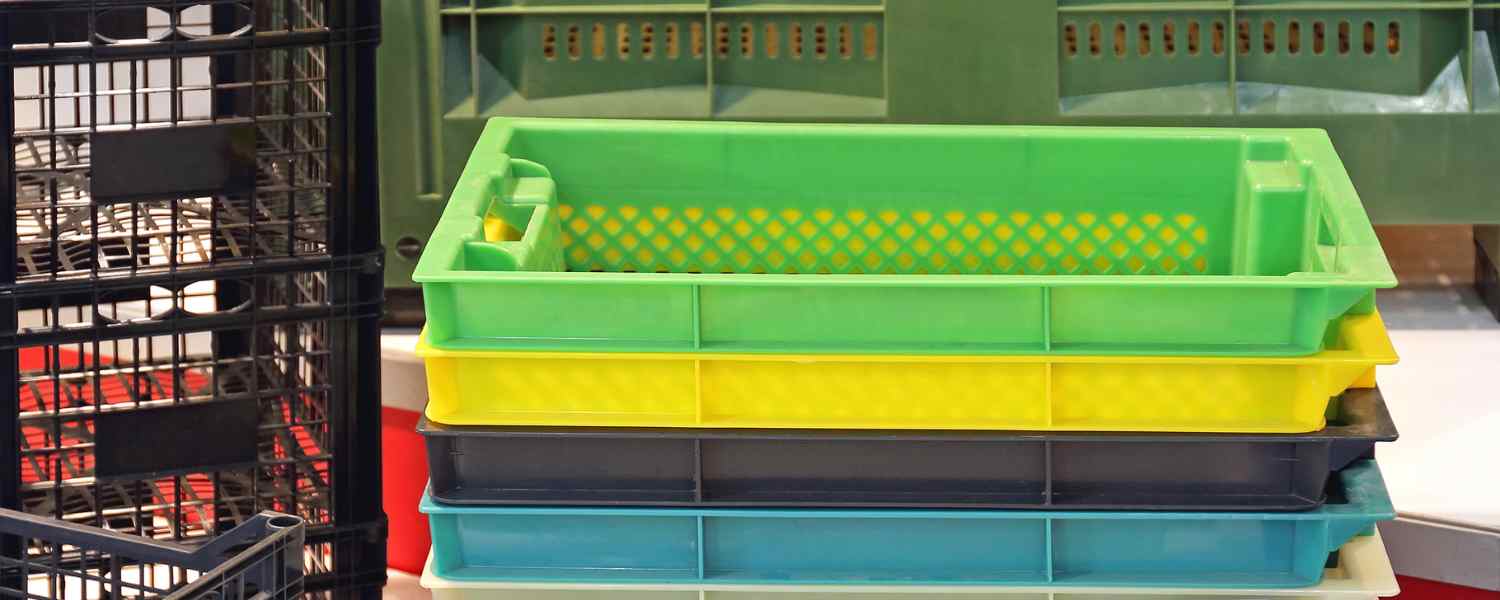
These are plastic or metal crates that can be folded down when unused. They are commonly used to transport produce, beverages, and other goods.
-
Bulk Containers:
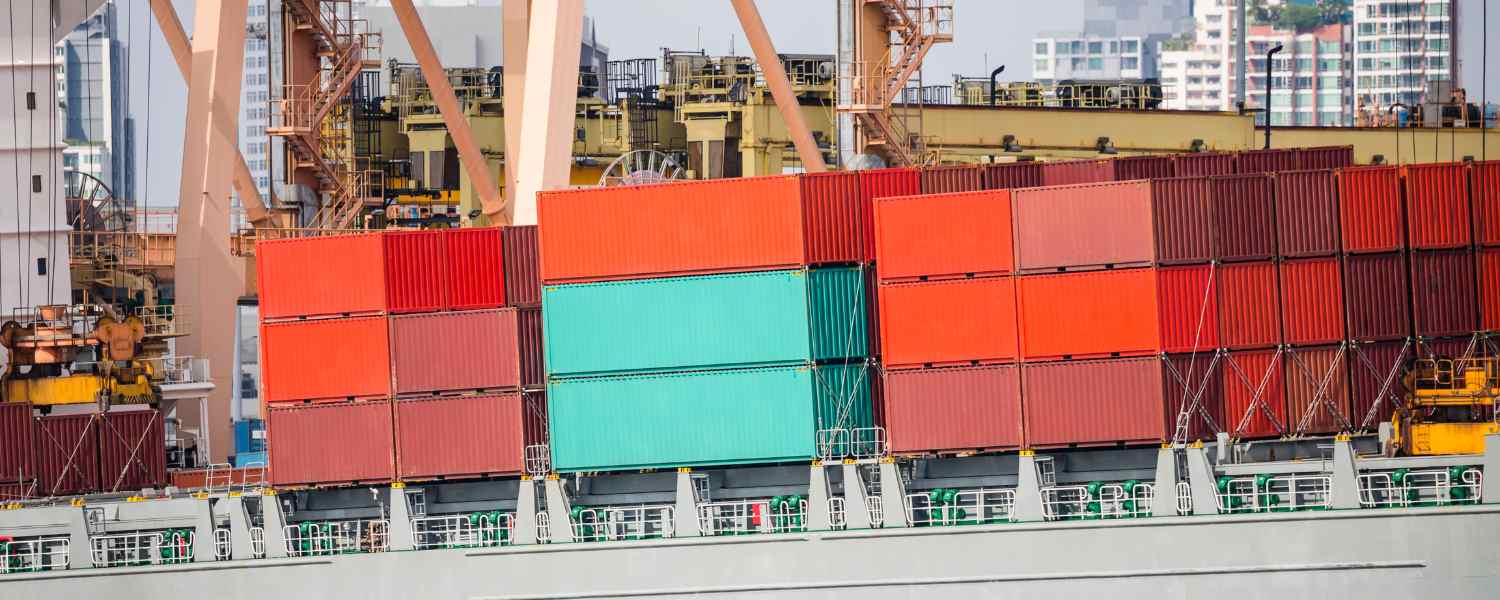
These are large containers made of plastic, metal, or wood used to transport large quantities of products. They are commonly used for liquids, powders, and granules.
-
Intermediate Bulk Containers (IBCs):
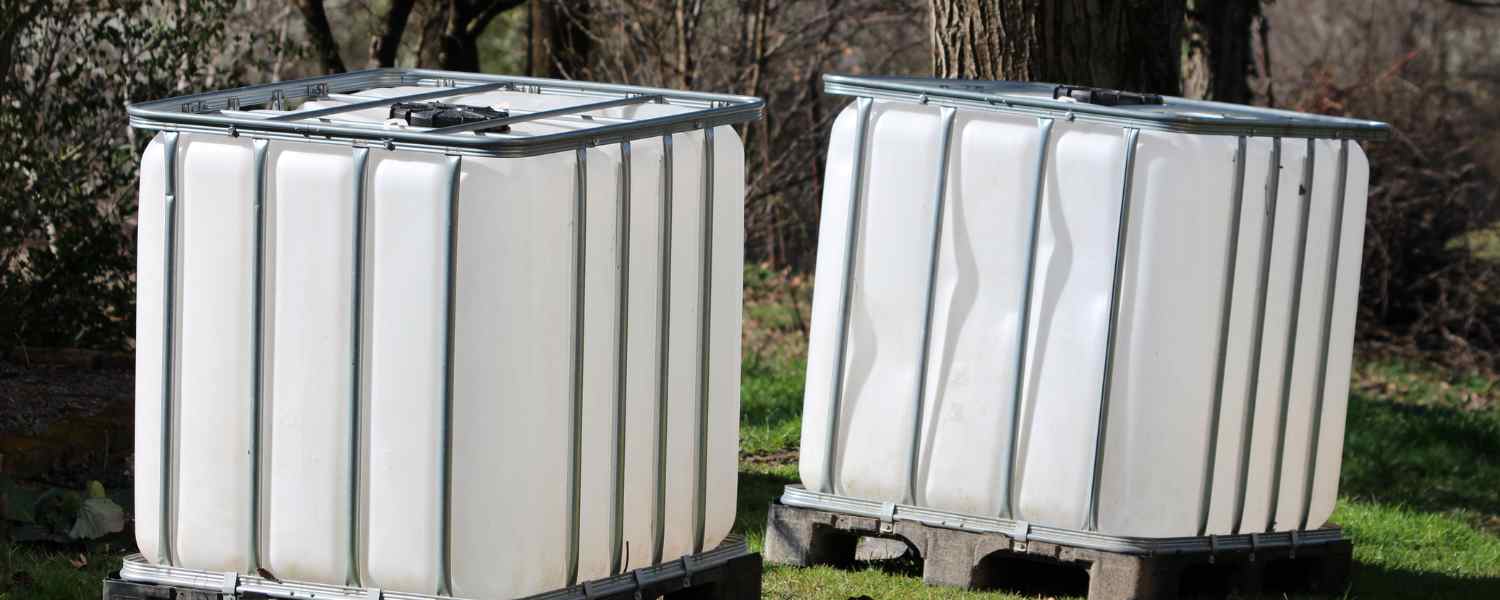
These are reusable containers for storing and transporting liquids and powders. They are made of plastic, metal, or composite materials and can hold up to several hundred gallons.
Different types of packaging boxes
1. Cardboard Boxes:

They are one of the most common types of product packaging used today, as they are affordable, versatile, and can be customized to fit the shape and size of the product. Cardboard boxes are corrugated cardboard, providing strength and protection during transportation and handling. They are lightweight, easy to stack, and can be printed with branding and product information.
However, cardboard boxes are unsuitable for products requiring high moisture resistance or durability levels.
2. Rigid Boxes (Set-up Boxes):
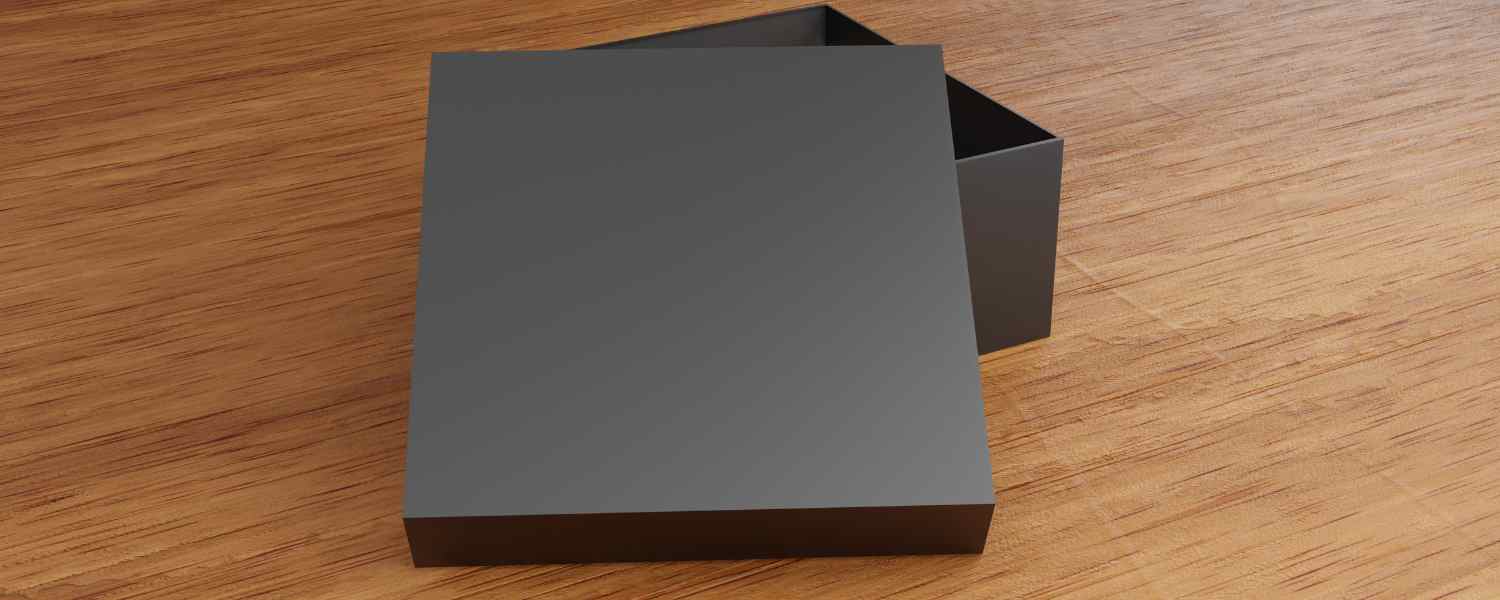
Rigid boxes, also known as set-up boxes, are the type of packaging boxes made from high-quality materials such as paperboard, chipboard, or cardboard.
They are known for their durability and high-end appearance, making them popular for packaging luxury items such as jewelry, cosmetics, and high-end consumer goods.
Rigid boxes can be customized in various sizes, shapes, and finishes to meet the product’s needs and branding requirements. It is considered the best packaging for small businesses too.
3. Plastic Bags:

Plastic packaging materials are another common packaging type used for various products. They are lightweight, affordable, and can be customized with branding and graphics.
Plastic packaging materials come in various sizes and shapes and can be made with different materials such as LDPE, HDPE, and biodegradable plastics.
4. Blister Packs:
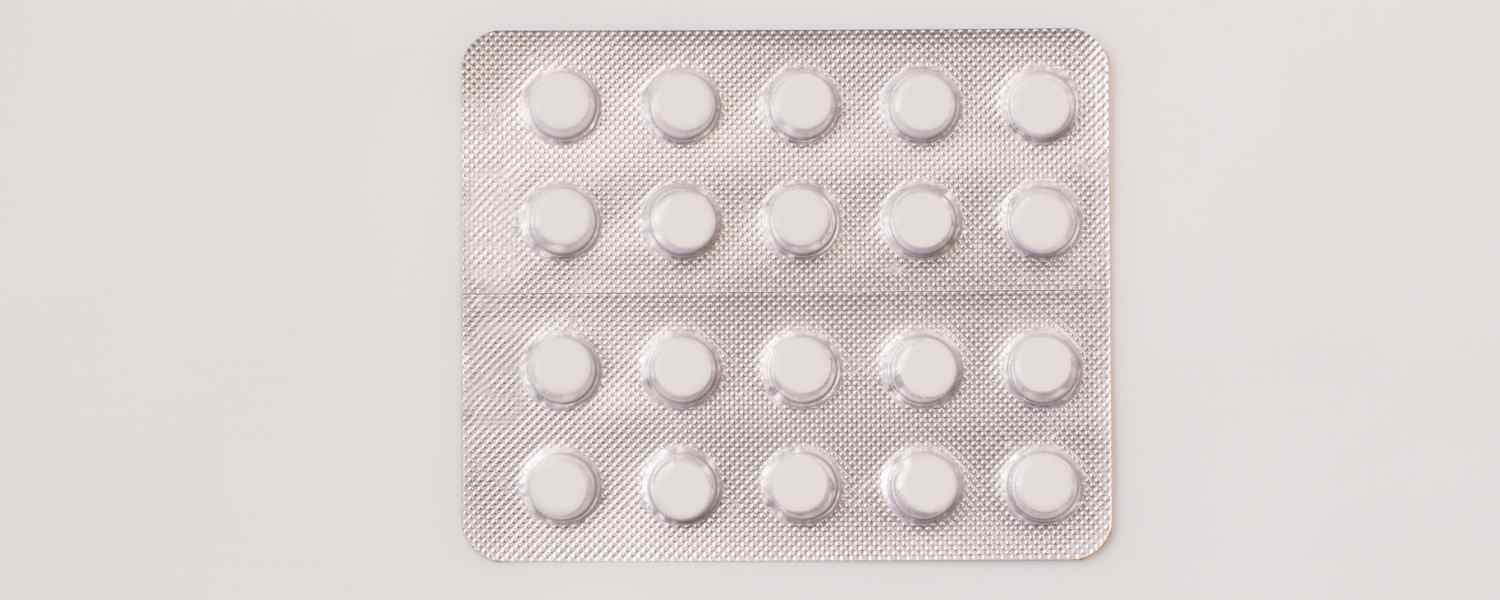
These packaging types are commonly used for pharmaceuticals, electronics, and other small consumer goods. They consist of a plastic backing with individual pockets for each product. Blister packs protect against moisture, tampering, and contamination and can be customized with branding and information.
However, they are not suitable for products requiring high protection or durability levels.
5. Clamshell Packaging:
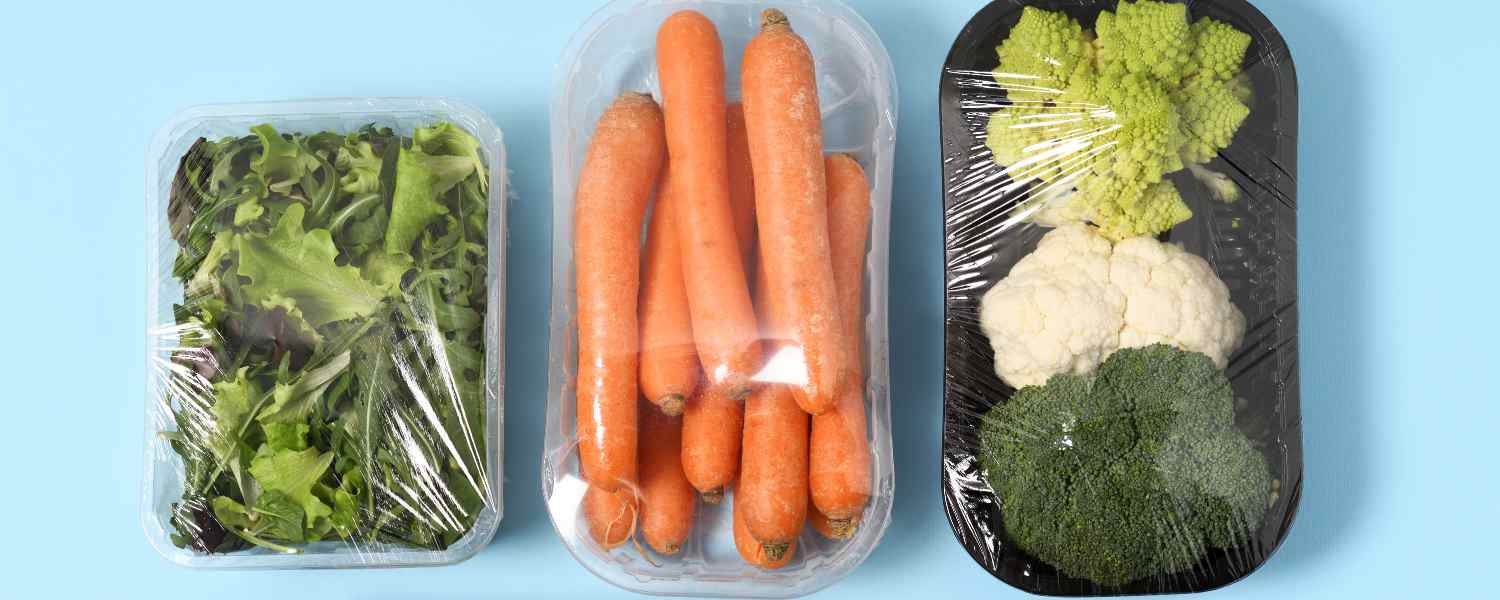
It is a packaging type consisting of two plastic halves hinged together. It is commonly used for food, electronics, and other small consumer goods. Clamshell packaging protects against moisture, tampering, and contamination and can be customized with branding and information.
However, clamshell packaging is not easily recyclable and can be difficult to open, leading to frustration for consumers.
6. Glass Bottles:
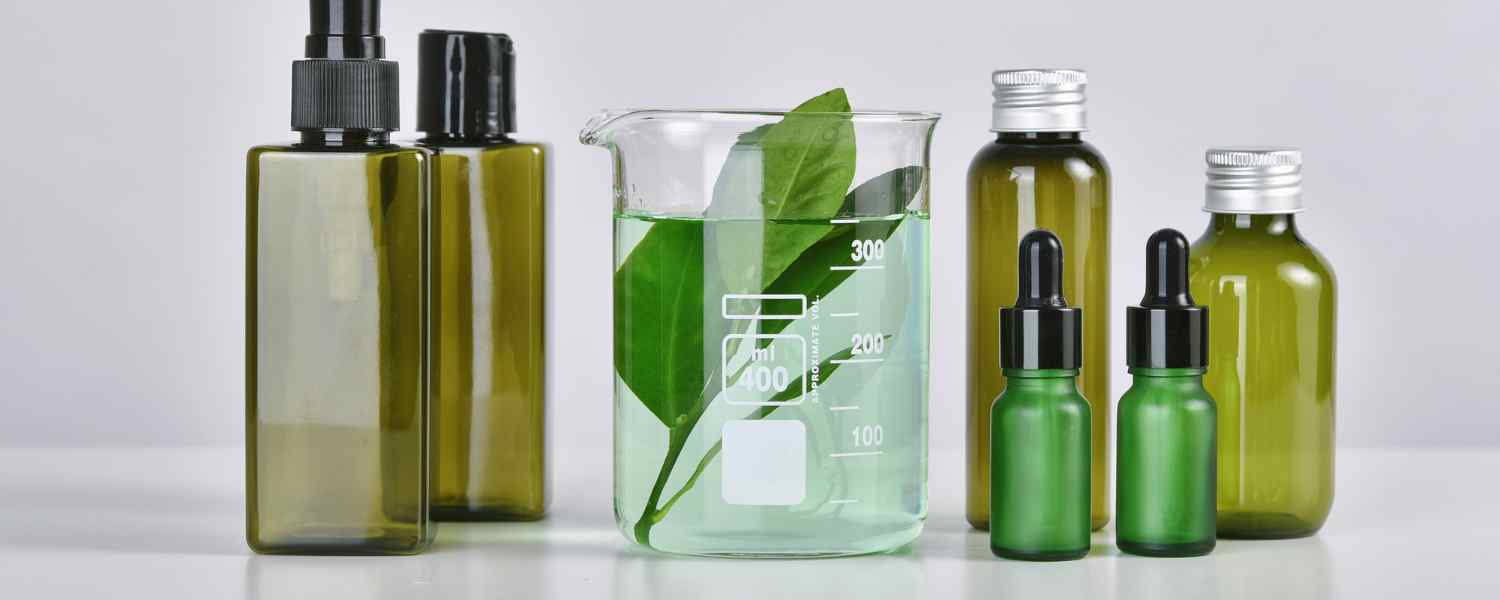
Glass bottles are a popular packaging type for food, beverages, and other liquid products. They provide a high level of protection against moisture, air, and light, which can help to preserve the product’s freshness and quality.
Glass bottles are also reusable, recyclable, and environmentally friendly.
However, glass bottles can be heavy and fragile, making them more challenging to transport and handle.
7. Tin Cans:
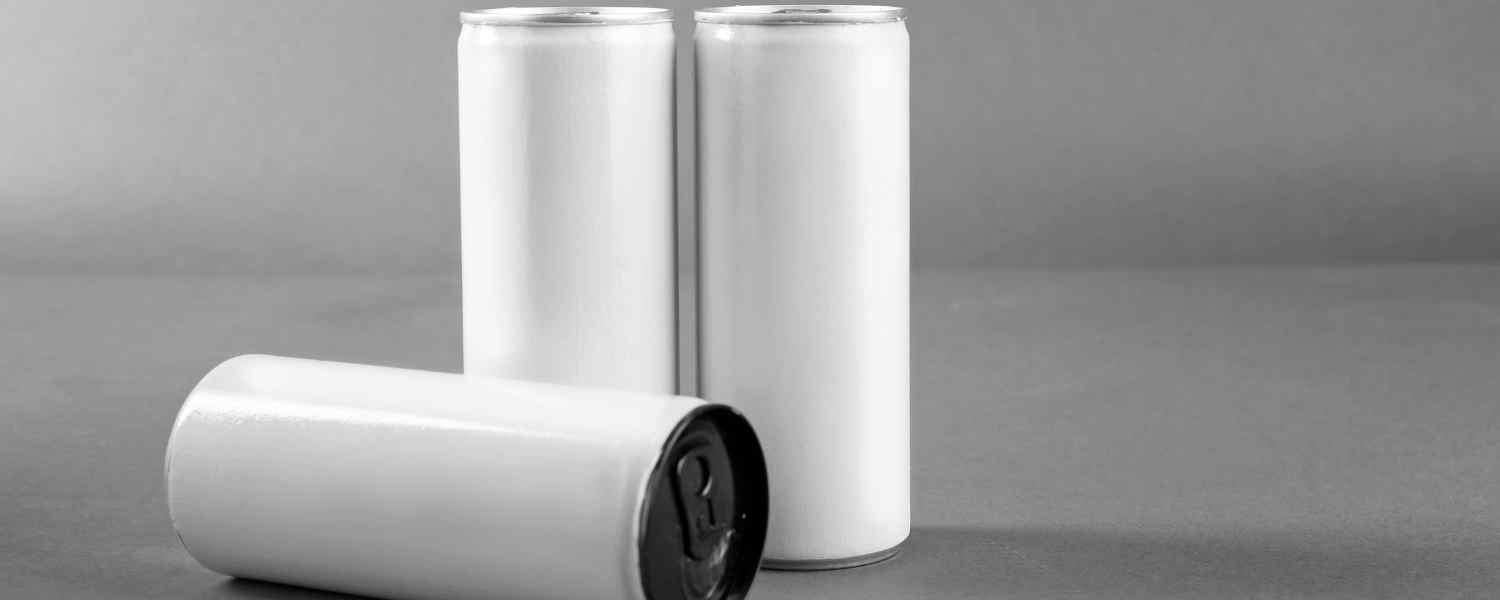
Tin cans are packaging box materials commonly used for food products such as canned fruits, vegetables, and soups. They provide a high level of protection against moisture, air, and light, which allows the preservation of the product’s freshness and quality. Tin cans are also durable, stackable, and recyclable, making them an environmentally friendly option.
However, tin cans can be heavy and require a can opener to open, which can be inconvenient for consumers.
Final Words
Choosing the right packaging type is important for any product’s success. Whether you opt for rigid boxes, flexible packaging, corrugated boxes, or any other packaging type, keep in mind the specific needs of your product and your target audience.
With the wide range of packaging options available, businesses get the flexibility to create packaging solutions that are both functional and visually appealing.
By selecting the appropriate packaging type, you can protect your product and create a powerful marketing tool to attract and retain customers.
